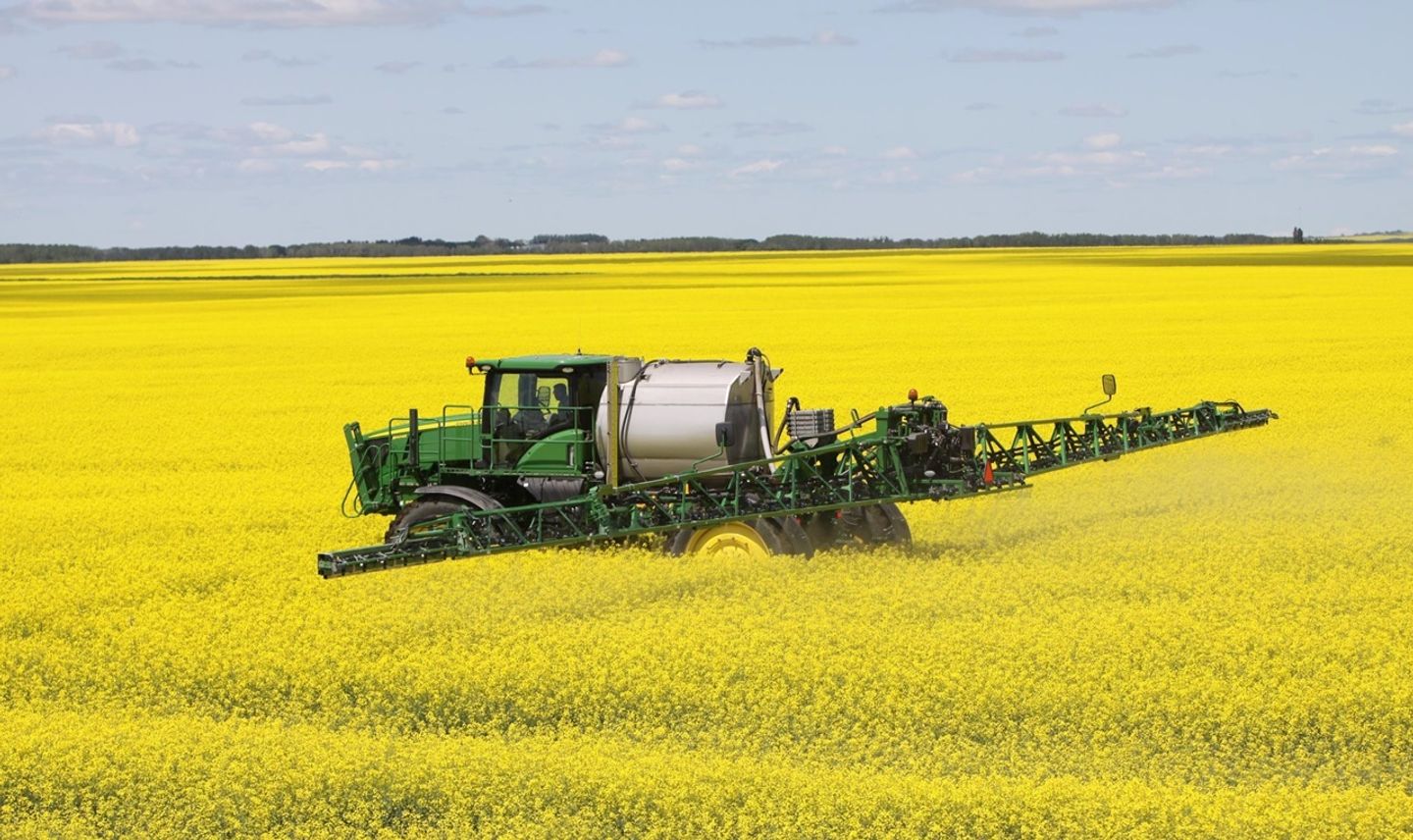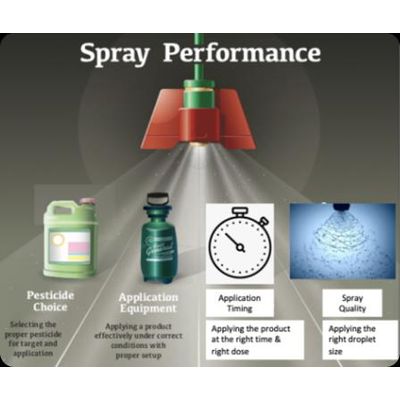

- Home
- Companies
- MagGrow
- Applications
- The Science of Spray Application - ...

The Science of Spray Application - Agriculture
You know what pesticides you need and when to use them, but what other factors do you need to consider for the best spray performance? Knowing how to achieve the best spray quality can help you maximize profits on your farm. To be effective, a certain amount of a pesticide must remain on a leaf surface. The deposit pattern depends on the droplet size, spray direction, droplet velocity at the point of impact, physical properties of the spray mixture, and characteristics of the leaf surface.
- Pesticide Choice
- Application Equipment
- Application Time
- Spray Quality
The small droplets shown here are below 150 microns in diameter. Small droplets have a low terminal velocity. Their low kinetic energy causes them to decrease speed faster and float longer. Smaller droplets cover more surface area on the plant and have greater droplet density. Without some form of air assistance, however, they can evaporate or drift away from the target, resulting in poorer performance for you and potentially damaging crops in your neighbor’s field.
The larger droplets that are shown here are above 300 microns and have a high terminal velocity. Their relatively greater mass and higher speed make it easier to manage their trajectory and to reach the target. However, these droplet sizes hit the plant at higher speeds and with greater momentum, which means that they tend to have undesirable aspects of bounce, shatter, and runoff. This reduces their retention on leaf surfaces. If the leaf retains fewer droplets, then the pesticide’s performance is significantly reduced.
Large droplets are ideal for spraying pre-emergent herbicides onto bare soil, but they are not suitable for use when spraying fungicides and insecticides where contact is important for product efficacy.
For pesticides to work effectively, the target area needs to retain a minimum amount of spray mixture at sufficient concentration for plant uptake. The ideal droplet size for this is 150 – 300 microns. This sweet spot produces droplets that have sufficient momentum to overcome drift and get down to the plant canopy, but they are small enough to stay on the plant surface upon impact.
